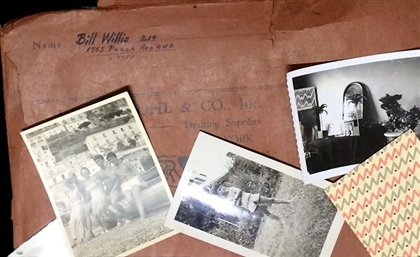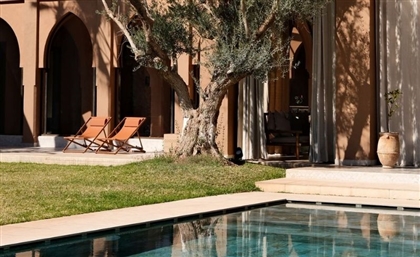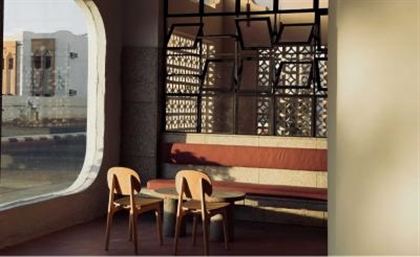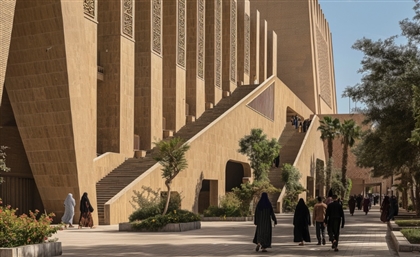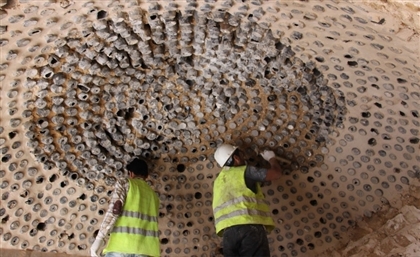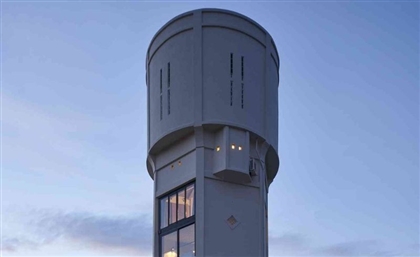Jnane Rumi Weaves Past Lives Into a Boutique Hotel in Marrakech
In Morocco’s Palmeraie, a seven-year transformation has restored one of the region’s historic estates, blending original design with contemporary detail.
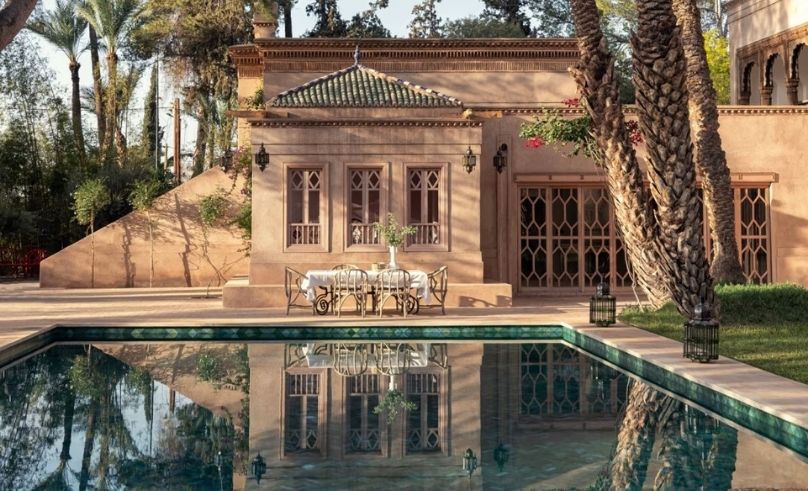
Set amongst the palm groves of Marrakech’s Palmeraie, Jnane Rumi is one of the area’s oldest residences. Its name combines “Jnane,” meaning garden in Arabic, with “Rumi,” Arabic for Roman. Originally designed in the mid-20th century by Tunisian architect Charles Boccara, the house holds a rare place in the city’s architectural lineage. Over the decades, it has been inhabited by artists, intellectuals, and cultural figures, each leaving subtle imprints on its fabric.
-9fbbf3e6-2713-4654-a800-dfca63fb59c1.jpg)
The recent renovation of Jnane Rumi unfolded over seven years, in a collaboration between architect Nicolas Bode, Belgian creative Jacques van Nieuwerburgh, and Dutch-Moroccan designer Mina Abouzahra, working to realise the vision set out by current owners Gert-Jan van den Bergh and Corinne. Their approach respected the building’s historic proportions while introducing a new rhythm of spaces. Eleven bedrooms are now arranged across the main house, three garden pavilions and a private annexe, allowing the estate to expand and contract according to its use.
-ed4965be-64bd-4728-b687-038f5dc9a715.jpg)
Central to the main structure is a nine-metre domed ceiling, a sculptural core from which the rest of the plan radiates. The geometry of this space draws the eye upward towards the archways and colonnades. The interiors reveal a dialogue between Moorish archways and contemporary interventions: mint-coloured chevron tiles set beneath mid-century chairs upholstered in Kuba cloth, or woven rattan seating placed under the cool shadow of a traditional Moroccan lantern.
-fdc4435e-5749-481b-a236-929758188589.jpg)
The house’s relationship with its gardens is a defining feature. Boccara’s original layout encouraged a fluidity between interior and exterior spaces, a principle retained in the renovation. Deep loggias frame views into the palms, while shaded terraces provide transitional thresholds between architecture and landscape. The swimming pool, lined with artisanal tiles, acts as both a visual anchor and a gathering point, its placement reinforcing the axial connections of the garden.
-de64409f-ce0e-4b22-8a06-9ff9335b57d2.jpg)
Art plays an embedded role in the architectural experience. Large-scale works, such as Roberto Ruspoli’s dining room frescoes, are integrated directly into the surfaces of the building, while textiles, tapestries and sculpture occupy alcoves and transitional spaces. Moroccan and international artists contribute to a rotating collection, with pieces positioned to complement the architectural lines rather than compete with them.
-6d89446c-7f3f-4e83-800d-453ed5104c92.jpg)
The material palette, drawn from local sources and often crafted by regional artisans, creates continuity between past and present. Plasterwork in traditional tadelakt, handmade ceramic tiles and carved timber details sit alongside the furniture and contemporary lighting. The sourcing, much of it from Marrakech’s storied medina, ensures that every element resonates with the city’s craft traditions while responding to the spatial demands of a 21st-century residence.




